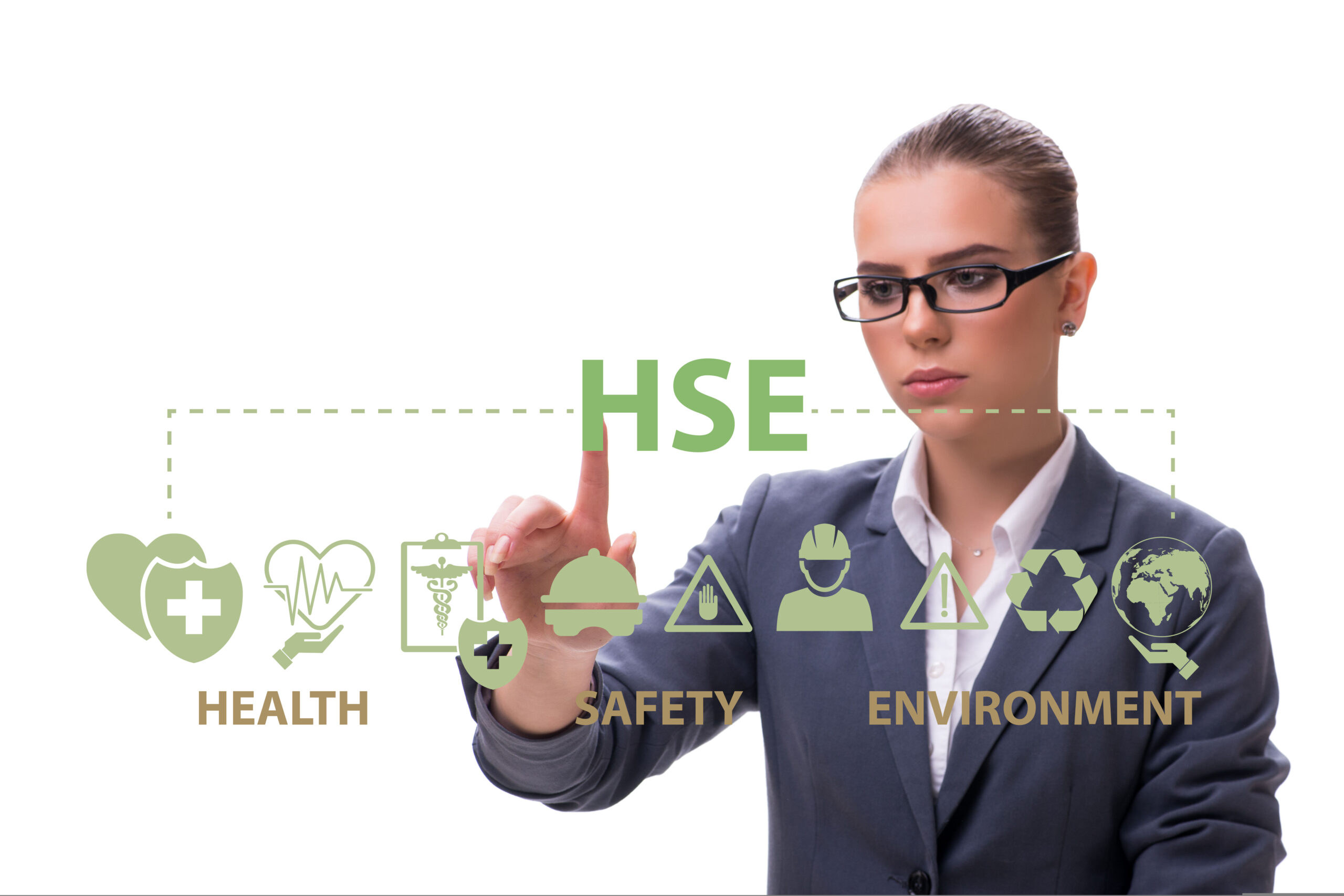One benefit of the recent pandemic is that safety is in less need of justification. However, though the understanding and acknowledgment of workplace environmental, health, and safety (EHS) programs have both made great strides (even bounds) over the past few years, this has meant a corresponding explosion of means for accomplishing EHS and compliance initiatives. When choosing the method for safety management, businesses will understandably have to calculate what process will give the greatest value, or “return,” for their investment (ROI).
The danger at this stage is that companies will generally choose the path of least resistance, using the resources already available (often consisting of a thinning team of people) to handle expanding needs without considering the addition of software to lighten the heavier load. From a safety standpoint, with the growing complexities of operations, late technology adoption can translate into threats to a business. As the final installment in a series on the ways implementing safety software contributes to a positive ROI, this article will give practical examples of how having a strong EHS program that has benefitted from the power of digitization and analytics can not only help a company mitigate risks but ensure business continuity.
Safety software can help companies mitigate risks and ensure business continuity.
Business continuity is greatly affected by two factors – an organization’s reputation and its resiliency. Deloitte conducted a survey on reputation risk for organizations across the globe and found that of common issues that can negatively impact revenue and brand value, reputation problems were considered the most detrimental. Though many financial mistakes (e.g., reckless trades and loss or misrepresentation of consumer data) are included in Deloittes’ terminology, “negative reputation event,” this also entails safety incidents. These events can lead to investigations and losses to revenue, brand value, and fines from regulatory agencies. The costs associated with a negative reputation, especially given that they could have been avoided with the introduction of adequate tools, should not be taken lightly.
Even with the addition of safety software, the hard truth about safety is that every outcome cannot be accounted for, and a procedure cannot be made for every situation that might occur. Incidents will happen. An organization’s resiliency is dependent on its flexibility and adaptability when faced with the unforeseeable: changes to operations and business requirements, unpreventable accidents, etc. The greater the administrative burden (repetitive and/or large amounts of training, checklists, and other safety practices), the less flexible an organization can be. Whether it is not having adequate time to fill out all the necessary paperwork or wait for the proper approvals, things will end up slipping through the cracks, corners will be cut, and this will likely mean a greater number of unsafe operations. Safety and health software gives EHS teams back their time and can be a powerful tool to help companies mitigate risks, making the benefits greatly outweigh the costs.
The latest global “negative reputation event” to simultaneously hit many organizations and highlight the importance of EHS to both company reputation and resiliency was the pandemic. As this worldwide phenomenon unfurled, it becomes increasingly transparent just how much EHS professionals and teams are relied upon when there is a need for business growth. In the first quarter of 2020, many businesses were only able to be resilient because their safety professionals stepped up to the challenge of suddenly having many more responsibilities, including the creation of novel safety practices.
EHS professionals continue to be given responsibilities outside of managing workplace safety initiatives. In the aftermath of the pandemic, one of the ways EHS is advancing is the inclusion of employee mental health considerations, making EHS and HR functions overlap more and more. Another example of this is as more businesses are expected or required to record, track, and report on environmental, social, and governance (ESG) metrics, many EHS professionals are adapting to take on these duties. Currently, ESG reporting and employee wellness programs that address and encourage mental health are both assets that can be incredibly beneficial to a business’s reputational value. Therefore, having a strong, adaptable EHS program directly affects business continuity.
Safety software that allows EHS professionals greater flexibility and insight into how to mitigate risks will contribute greatly to a positive ROI. With powerful technology, companies can reach their highest potential to achieve increased production without injury-related interruptions and create consistency in procedures and contingency plans to navigate the incidents that could not be prevented. Additionally, with more accessible data, analysis, and reporting EHS teams can make the necessary changes to keep up with demands in an unknowable business environment.
To conclude this series of the benefits of safety software to a positive ROI, the implementation of advanced tools and systems can help organizations reduce the costs associated with workplace accidents and injuries, improve regulatory compliance, increase employee engagement and retention, streamline safety management processes, and ensure business continuity. By empowering EHS teams with cutting-edge software, companies can create a safer and more productive work environment while realizing financial benefits.
Author Bio

Abigail McKay
Abigail McKay leads SafetyStratus’ growing team of contributors as the Content Manager. Abigail has a Bachelor’s Degree in English and utilizes her education to communicate to the best of her ability the input from SafetyStratus’ team of safety professionals and technology experts. She has spent the last year building up the EHS knowledge resources available to SafetyStratus users and the wider community.



